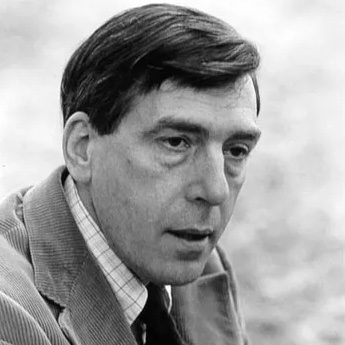On the other side of a mirror there's an inverse world, where the insane go
sane; where bones climb out of the earth and recede to the first slime of love.
And in the evening the sun is just rising.
Lovers cry because they are a day younger, and soon childhood robs them
of their pleasure.
In such a world there is much sadness which, of course, is joy ...
Published:
1994
Length:
Shorty
Literary Movements:
Contemporary
Anthology Years:
2024
Themes:
Joy & Praise
Poems of Place
Literary Devices:
Antithesis
a person or thing that is the direct opposite of someone or something else
Ellipsis
a literary device that is used in narratives to omit some parts of a sentence or event, which gives the reader a chance to fill the gaps while acting or reading it out.
Essay/Prose
written or spoken language in its ordinary form, without metrical structure

